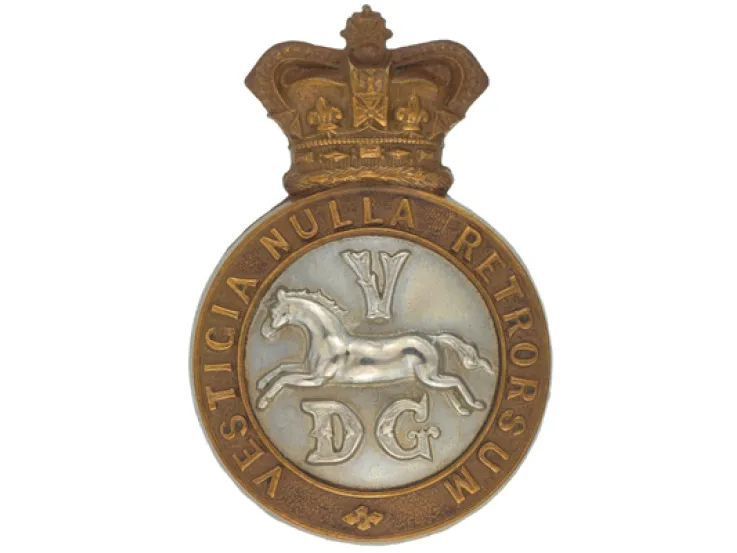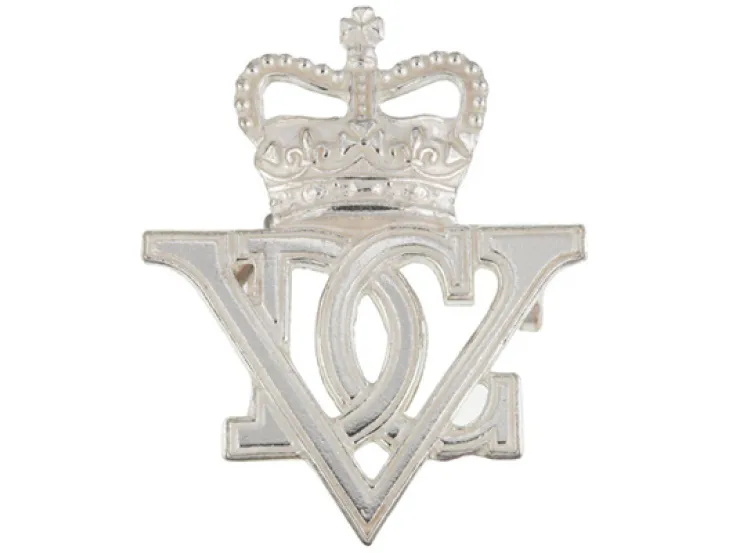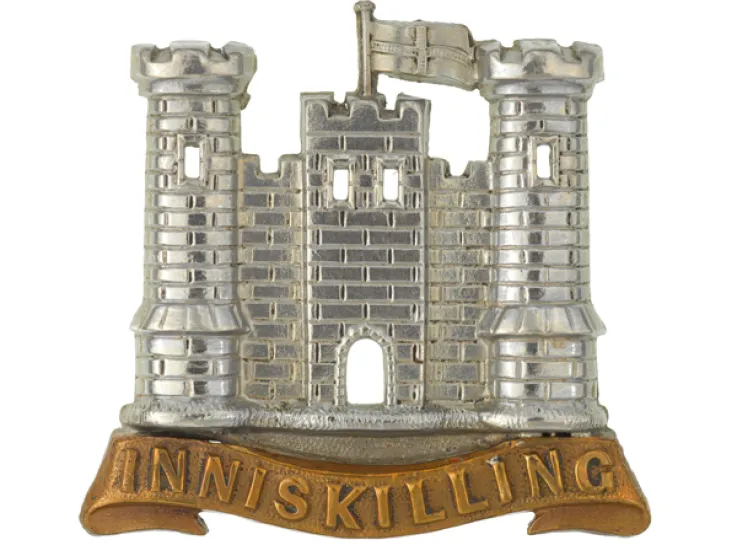Origins
This unit was originally raised as the 2nd Queen’s Regiment of Horse in June 1685 to help suppress the Duke of Monmouth's revolt against King James II. This made it the oldest line cavalry regiment in the British Army. It was named after James’s wife, Mary of Modena.
A month after its formation, it escorted the captured Monmouth to London following his defeat at Sedgemoor. But it later went over to James's rival and successor, King William III, fighting for him in Scotland, and at the battles of the Boyne (1690) and Aughrim (1691) in Ireland.
18th century
During the War of the Spanish Succession (1702-13), it fought alongside the Duke of Marlborough at Blenheim (1704), Ramillies (1706), Oudenarde (1708) and Malplaquet (1709).
The unit was redesignated as the King's Own Regiment of Horse in 1714 after the accession of Britain's new Hanoverian monarch, George I.
During the War of the Austrian Succession (1740-48), it fought at Dettingen (1743). It was renamed the King’s Dragoon Guards in 1746. Then, five years later, it became the 1st (The King’s) Dragoon Guards.
The Seven Years War (1756-63) saw the regiment serving in Germany at Minden (1759) and Corbach (1760), where its desperate charge helped saved the retreating Allied army. Later, it fought at Warburg (1760) and Vellinghausen (1761).
The regiment remained in Britain for the following three decades. Its next overseas deployment was to Flanders during the French Revolutionary Wars (1793-1802), fighting at Catillon, Beaumont and Tournay in 1794.
Quiz
From the ruler of which empire did the 1st King's Dragoon Guards receive the two-headed eagle emblem on its badge?
In 1896, Emperor Franz Joseph I of Austria became the regiment's colonel-in-chief, granting it the privilege of wearing the Hapsburg double-headed eagle on its headdress. The outbreak of war with Austria in 1914 saw the regiment end this association, although the eagle was restored to its cap badge in 1937.
19th century
Following further home service, the regiment returned to the Continent in 1815, repeatedly charging at Waterloo (1815) with the Household Brigade. It then joined the Army of Occupation in France for a year.
It helped suppress an uprising by French Canadians in Lower Canada in 1838, as well as fighting at Sevastopol during the Crimean War (1854-56).
Next, the regiment deployed to India following the outbreak of mutiny there in 1857. It also fought in the Second China War (1857-60), helping capture the Taku Forts and Peking. It spent most of the remainder of the 19th century garrisoning India or on home service.
During the Zulu War (1879), one of its officers, Major Richard Marter, led the patrol which captured King Cetshwayo. Part of the regiment also fought in the Transvaal War (1880-81).
At the turn of the century, it served in the latter stages of the Boer War (1899-1902), taking part in the anti-guerrilla operations there.
World Wars
The outbreak of the First World War (1914-18) saw the regiment deploy from India to the Western Front, where it fought at Festuberg (1915), Ypres (1915) and the Somme (1916). In October 1917, it returned to India.
In 1919, it fought in the Third Afghan War (1919), where it made one of the last ever cavalry charges by a British unit at Dakka. It spent the rest of the inter-war period in England, Germany, Egypt and India, finally returning home to mechanise in 1938. The following year, it joined the Royal Armoured Corps.
In November 1939, it deployed to Egypt as an armoured car regiment. It fought exclusively in North Africa and Italy for the next five years, winning 17 battle honours in the former campaign and eight in the latter. In 1945, it also served in Greece, which was sliding towards civil war at the time.
Post-war
In 1948, the regiment served in the Palestine Mandate. It then spent five years as part of the occupying force in West Germany from 1951. Between 1956 and 1959, it was engaged in counter-insurgency duties during the Malayan Emergency (1948-60).
Legacy
In 1959, it merged with The Queen’s Bays (2nd Dragoon Guards) to form the 1st The Queen's Dragoon Guards.
Regimental museums
The National Army Museum works with a network of Regimental and Corps Museums across the UK to help preserve and share the history and traditions of the Army and its soldiers.
Discover more about the 1st King’s Dragoon Guards by visiting Firing Line Museum at Cardiff Castle.














